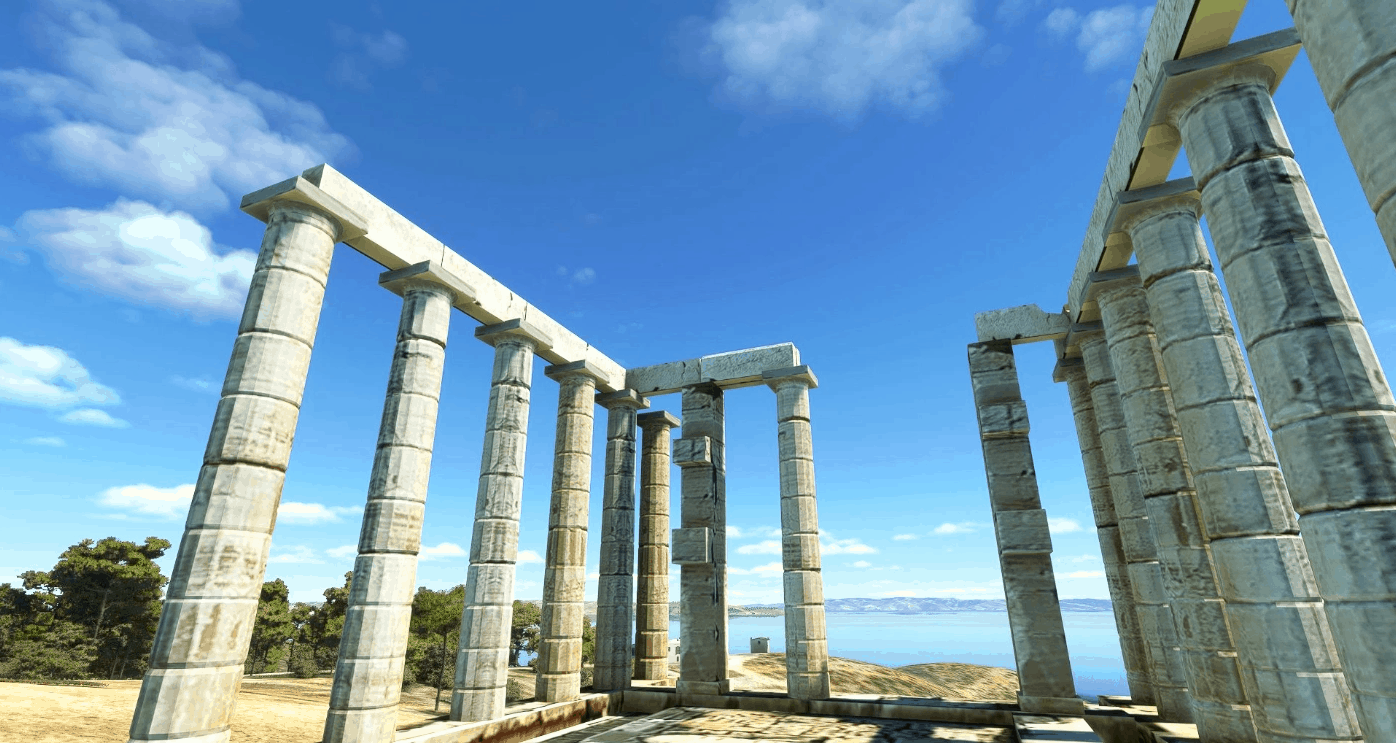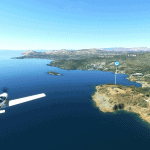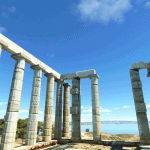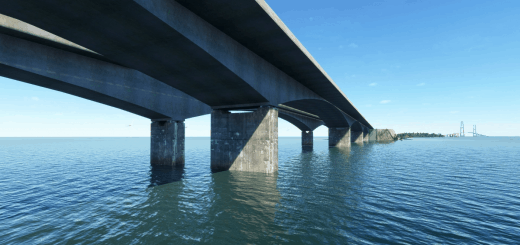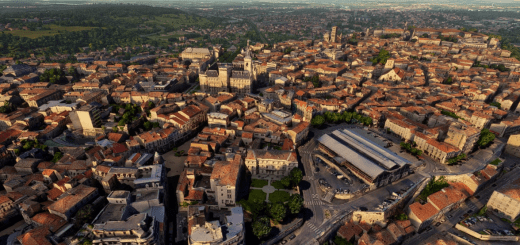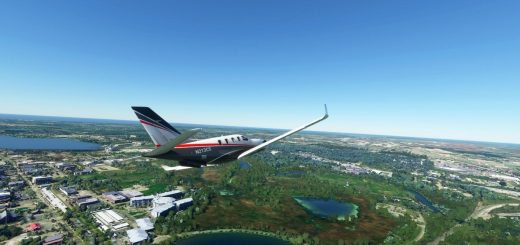Cape Sounion, Temple of Poseidon v0.1
Cape Sounion (Modern Greek: Aκρωτήριο Σούνιο Akrotírio Soúnio; Ancient Greek: Ἄκρον Σούνιον Άkron Soúnion) is the promontory at the southernmost tip of the Attic peninsula, 8 kilometres (5.0 mi) south of the town of Lavrio (ancient Thoricus), and 70 kilometres (43 mi) southeast of Athens. It is part of Lavreotiki municipality, East Attica, Greece. It is 59.6 km away from Athens.
Cape Sounion is noted for its Temple of Poseidon, one of the major monuments of the Golden Age of Athens. Its remains are perched on the headland, surrounded on three sides by the sea.
The original, Archaic-period temple of Poseidon on the site, which was built of tufa, was probably destroyed in 480 BC by Persian troops during Xerxes I’s invasion of Greece. Although there is no direct evidence for Sounion, Xerxes certainly had the temple of Athena, and everything else on the Acropolis of Athens, razed as punishment for the Athenians’ defiance. After they defeated Xerxes in the naval Battle of Salamis, the Athenians placed an entire captured enemy trireme at Sounion as a trophy dedicated to Poseidon.
The temple of Poseidon at Sounion was constructed in 444–440 BC. This was during the ascendancy of the Athenian statesman Pericles, who also rebuilt the Parthenon in Athens. It was built on the ruins of a temple dating from the Archaic period.
The Poseidon building was rectangular, with a colonnade on all four sides encompassing the peristasis. The total number of original columns of the outer colonnade was 34, of which 15 still stand today (with the addition of 1 out of 4 columns of the inner naos). The columns are of the Doric Order. They were made of white marble quarried locally at Laureotic Olympus. They were 6.10 m (20 ft) tall, with a diameter of 1 m (3.1 ft) at the base and 79 cm (31 inches) at the top. At the centre of the temple, beyond the colonnade, there would have been the hall of worship (naos), a windowless rectangular room, similar to the partly intact hall at the Temple of Hephaestus. It would have contained, at one end facing the entrance, the cult image, a colossal, ceiling-height (6 metres (20 ft)) bronze statue of Poseidon.
An excavation campaign led in 1906 uncovered numerous artifacts and inscriptions, most notably a marble kouros statue known as the Sounion Kouros (ca. 590 BC) and the relief of a “self-crowning athlete” (ca. 460 BC), both now in the Athens National Archaeological Museum. A column from the temple can be seen in the British Museum.
GPS Coordinates: 37.65018774525607, 24.02456364691557

